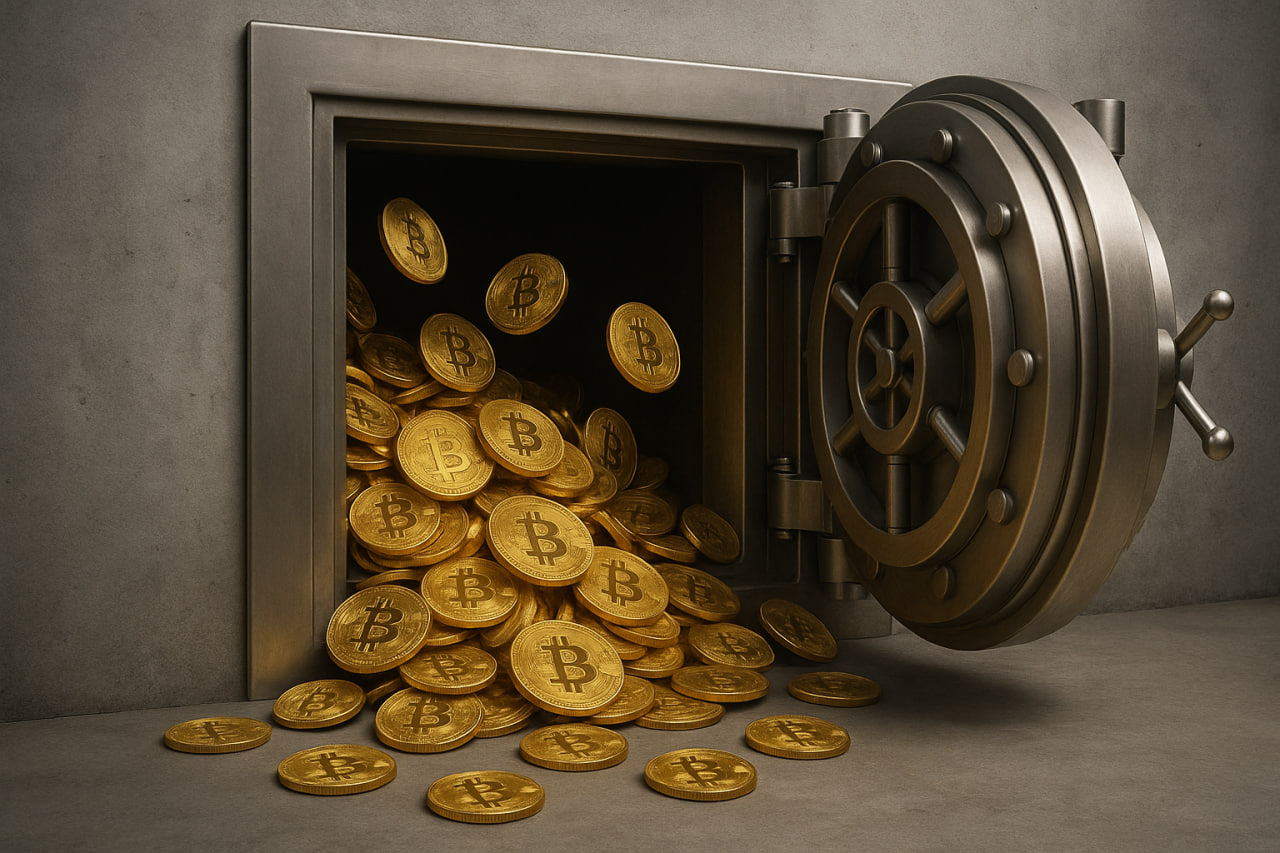Russia’s Central Bank Prepares Crackdown on Crypto in New 2026–2028 Strategy
The Central Bank of Russia’s long-term strategy for 2026 to 2028 paints a picture of growing concern. The document, prepared for the Kremlin, argues that the rapid global spread of “money surrogates” threatens both monetary sovereignty and investor safety. Officials say the ability to use digital assets as an alternative means of payment is particularly troubling.
Crypto Risks Outlined
The report highlights three dangers the regulator intends to address: the absence of safeguards for investors, the appeal of digital assets in criminal finance, and the expansion of instruments tied to cryptocurrencies such as derivatives and tokenized securities. Officials caution that the lack of a responsible guarantor means citizens could lose entire holdings, while anonymity makes tracking illicit flows more difficult.
Mining and Investment Products Under Review
Although Russia legalized crypto mining in 2024, the central bank now wants closer oversight of miners’ operations starting in 2026. At the same time, it plans to keep tight restrictions on crypto-based financial instruments, which remain accessible only to “qualified investors” through licensed intermediaries.
The regulator also pointed to fraud as a growing problem. By its own estimates, more than four out of five pyramid schemes discovered in early 2025 involved digital asset payments.
Anonymous Exchanges in the Crosshairs
In addition to oversight of miners and investors, the Bank of Russia has singled out peer-to-peer crypto platforms and unregistered exchanges as part of what it calls “shadow business,” alongside gambling sites and narcotics markets. A new monitoring platform, branded Antidrop, will be launched to detect so-called “money mules” who process illicit payments through bank accounts and cards.
READ MORE:

Crypto Treasuries Struggle as Market Values Slide
Banks will be able to access the system to flag suspect transactions. Early reports suggest that certain account behaviors — such as repeated self-transfers or unusually large ATM withdrawals — are already being treated as red flags.
Tension With the Crypto Community
Industry participants argue the measures cast too wide a net. Traders say law enforcement has begun questioning individuals whose accounts were linked to suspect transactions, even if unintentionally. The central bank itself acknowledged an uptick in complaints over both scams and frozen accounts.
The strategy signals a period of intensified monitoring and restrictions. While Russia’s crypto sector has grown in visibility since mining was legalized, the coming years may bring far tougher conditions for anyone operating outside the central bank’s tightly controlled framework.
The information provided in this article is for educational purposes only and does not constitute financial, investment, or trading advice. Coindoo.com does not endorse or recommend any specific investment strategy or cryptocurrency. Always conduct your own research and consult with a licensed financial advisor before making any investment decisions.
The post Russia’s Central Bank Prepares Crackdown on Crypto in New 2026–2028 Strategy appeared first on Coindoo.
You May Also Like

WOW Summit Partners with Hong Kong Sevens: Five Memorable Days of Web3, Sports, and Excitement!

Interview | Big tech is training AI on junk data: Intuition

